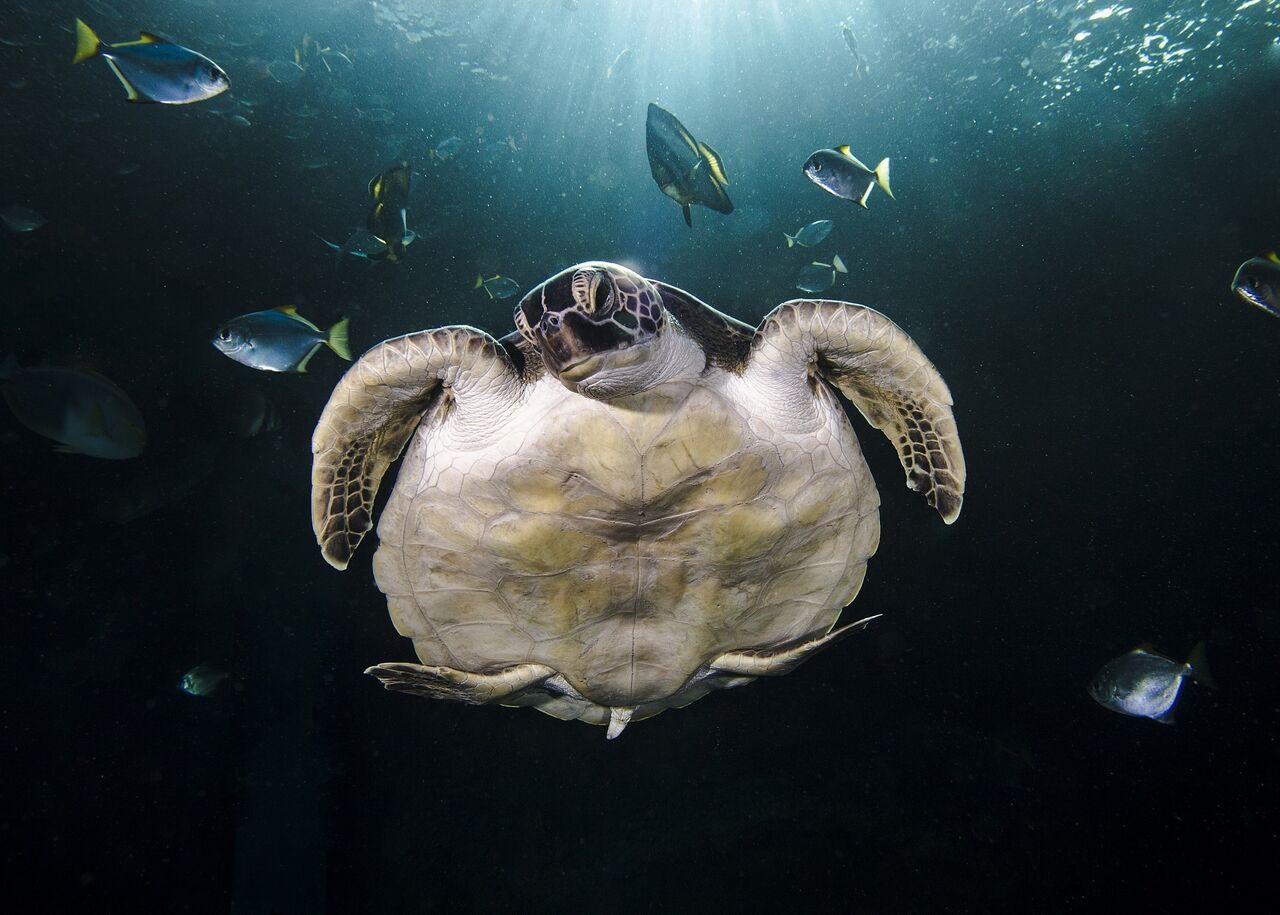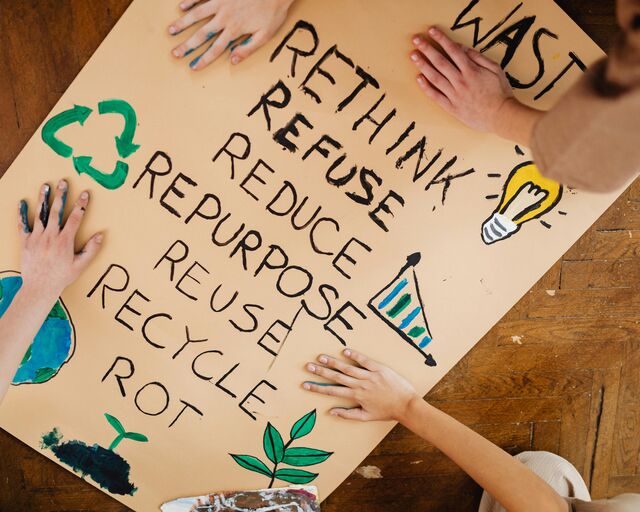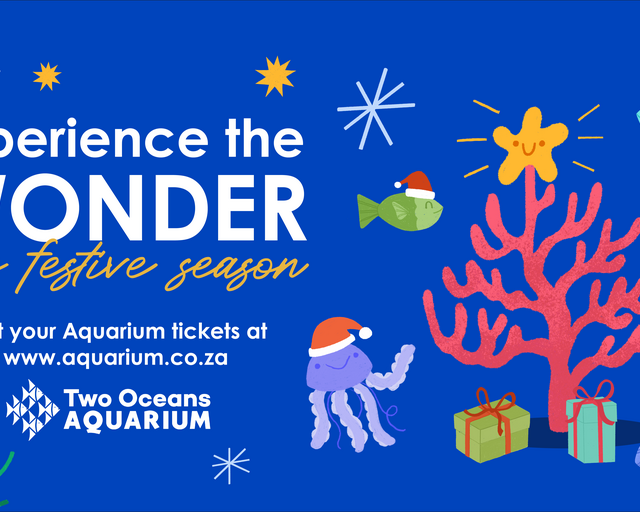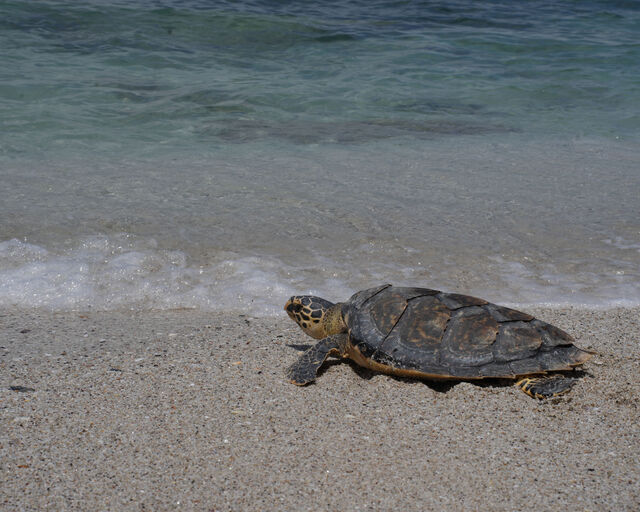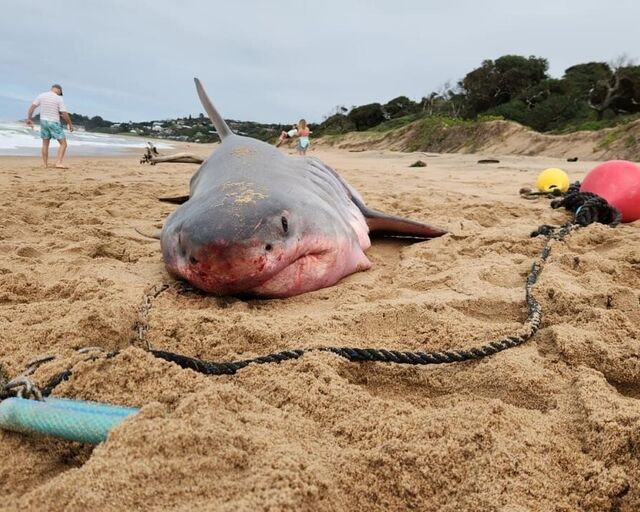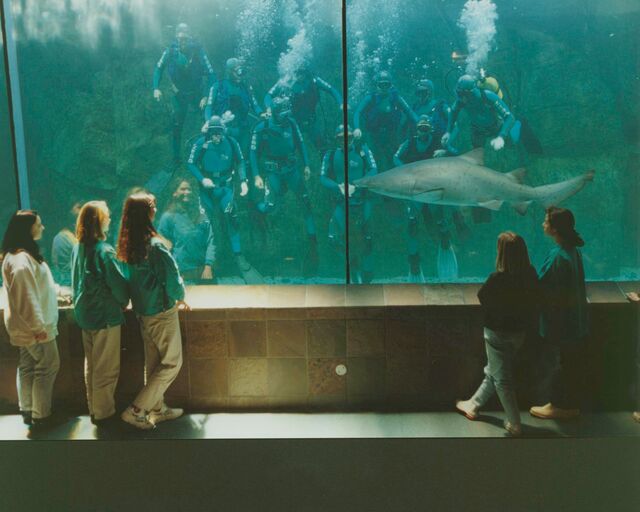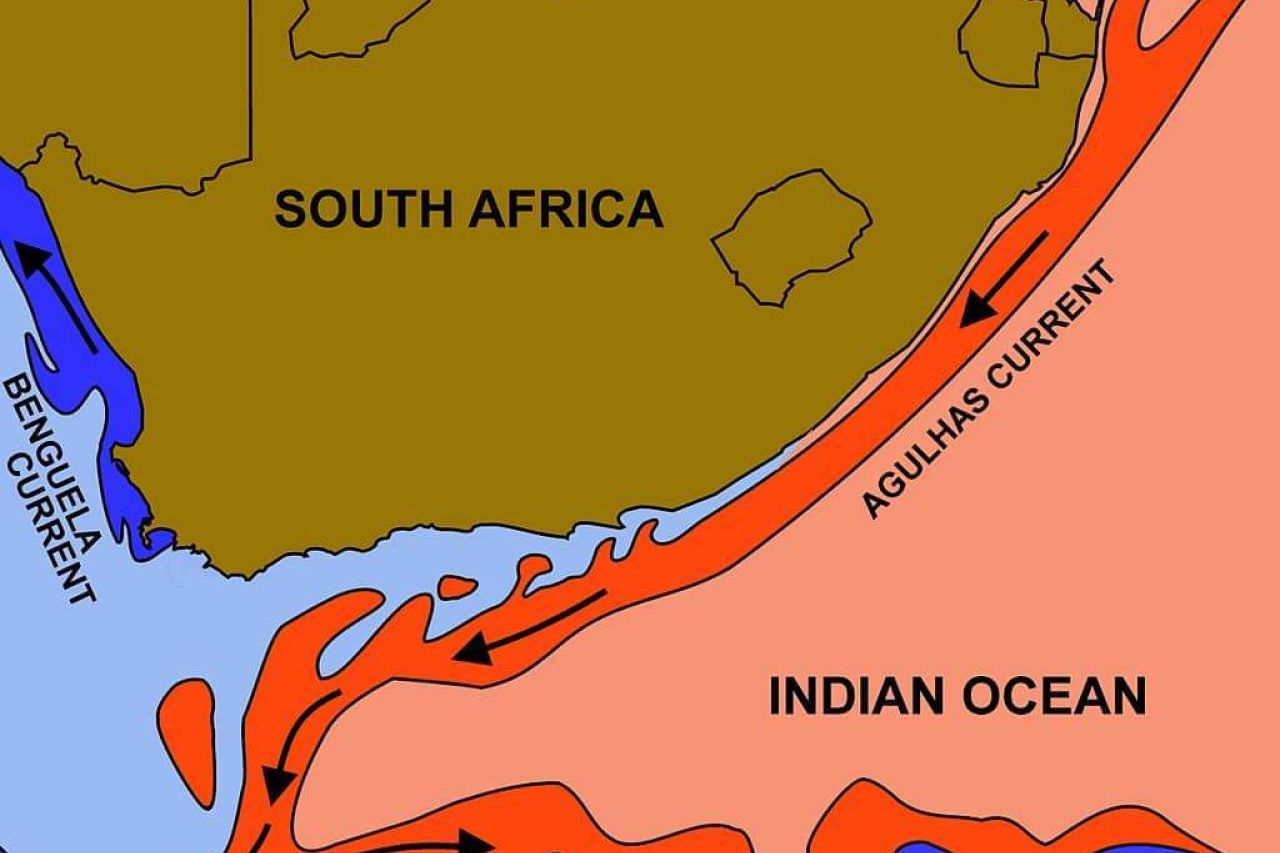
South Africa’s waters are unique. To the west, the Benguela Current of the cold Atlantic brings its frigid waters to the Cape. From the east, the warm sub-tropical Indian Ocean waters swept in by the Agulhas Current lap Durban beaches.
Where these currents meet, magic happens, and South Africa’s marine biodiversity flourishes. This meeting of two oceans is the story of life for many species, and few highlight this as well as our sea turtles.
South Africa’s sea turtles
Sea turtles are classified as belonging to the superfamily Chelonioidea (that's pronounced "kell-on-ee-oy-dee-uh"), part of the order Testudines, which also includes tortoises, terrapins and freshwater turtles. These animals all have ribs that are modified to form bone or cartilage shells. The first turtles appear in the fossil record hundreds of millions of years ago, and existed long before most other reptiles, including snakes and crocodiles.
There are only seven species of sea turtles on Earth, and all of them except two (the flatback turtle and Kemp's ridley turtle) visit South Africa. Sadly, all five of the species that occur in South African waters appear on the IUCN Red List of Threatened Species.
Despite being ocean-dwelling animals, turtles need to breathe air and return to the surface regularly to take a breath (which they are able to hold for hours if needed). Their shells and large sizes make them slow growers, leaving them threatened as young hatchlings.
This vulnerability has resulted in most sea turtle species adapting to lives in the deep oceans where food and predators are scarcer, and they need to migrate huge distances to find new feeding grounds. Although they prefer life away from the shoreline, because they are air breathers, they need the land to lay their eggs - and the only safe land they ever encounter and know about are the beaches on which they hatch, so this is where they will return to lay their own eggs. This cycle of following food sources and returning to their place of hatching means that sea turtles truly undertake one of the greatest journeys on the planet.
Turtle "shells"
Although we commonly refer to them as "shells", the hard outer layer of a turtle is actually made of bone, not shell. The "carapace" is the back shell of a turtle and is actually made of modified bones, the turtle's spine and ribs. These bones are covered in a layer of skin, which grows a layer of armoured plates called "scutes", which form a unique pattern in each type of turtle (except leatherbacks which do not grow scutes). These scutes are made of keratin, the same protein that makes hair, nails and scar tissue in humans.
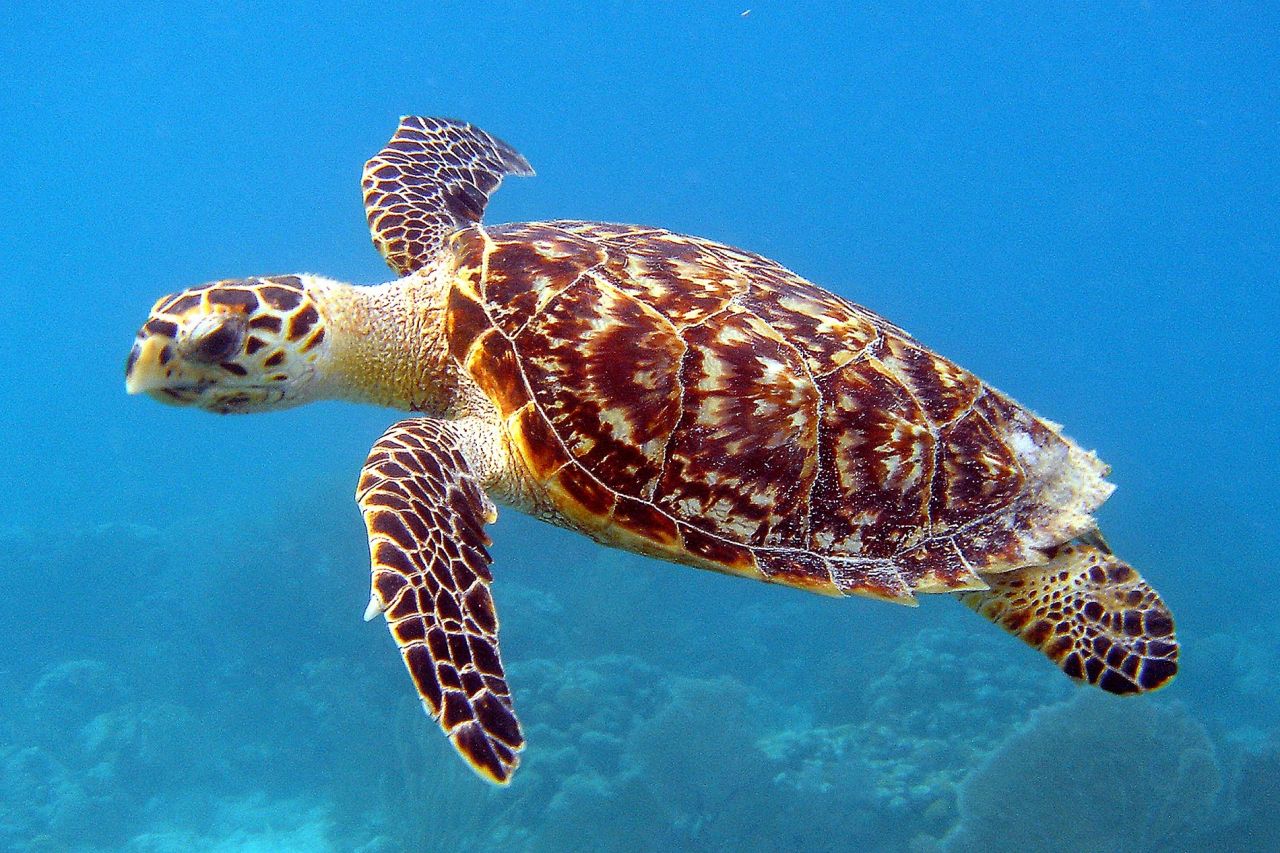
The "plastron" or belly shell, is also made of flattened bone plates, although it does not have the same skin and scute covering of the carapace. Despite being exposed bone, the plastron is covered in a membrane known as the periosteum, which is a layer of living bone tissues - humans have these membranes too, ours are just internal.
These complex shells, are alive and packed with nerves, allowing the turtle to feel everything that touches them. Way cooler than a simple "shell" right?
Do turtles drink water?
Turtles need to drink water to stay hydrated, and dehydration is a top killer of many of the Cape’s stranded hatchlings. In the oceans, turtles gulp water down with the food they swallow and excrete the salt through glands near their eyes – giving them the appearance of crying.
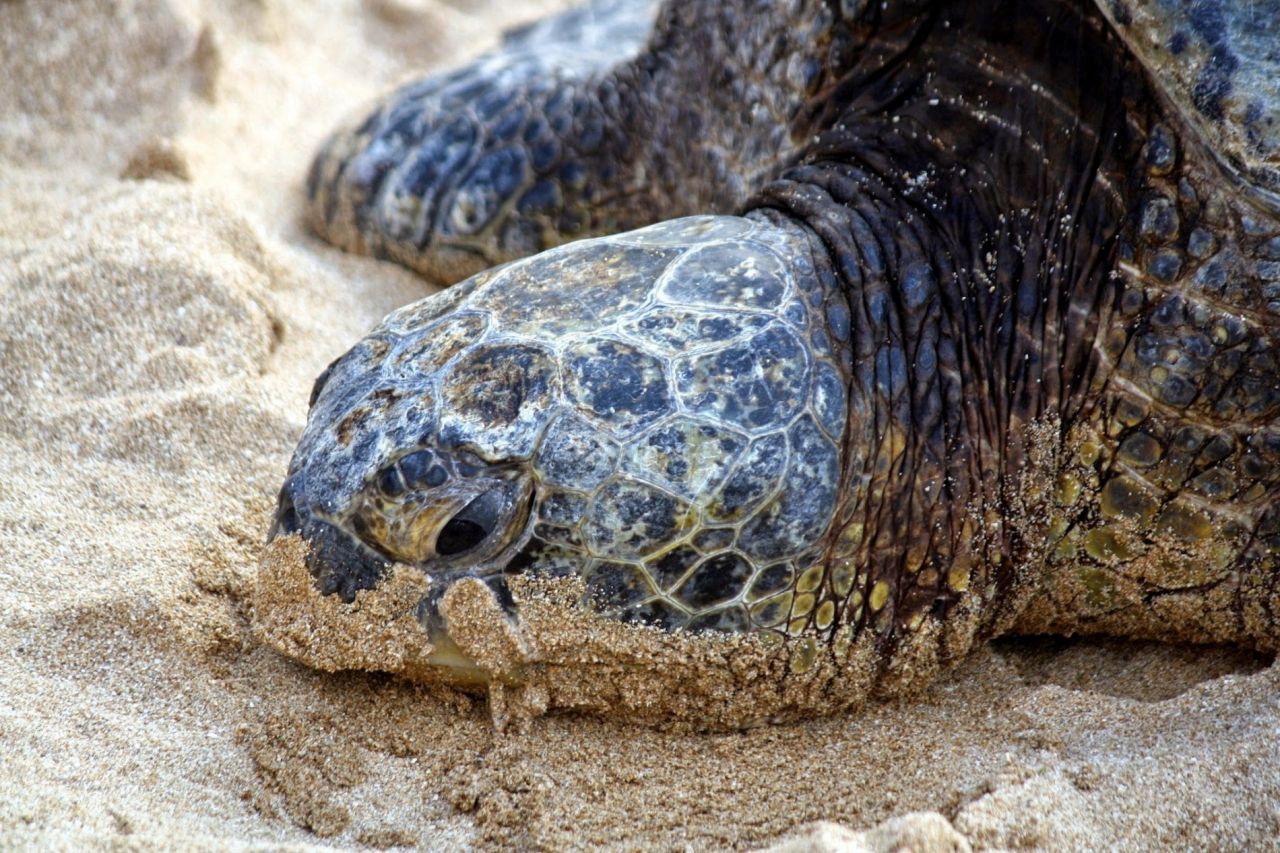
How far do they swim?
Sea turtles swim incredible distances. Loggerhead turtles easily migrate over 10 000km a year, while leatherbacks reach over 16 000km. Yoshi, a large loggerhead sea turtle released by the Two Oceans Aquarium swam 40 011km in 1 003 days - the longest tracked journey of any animal! This adds up to millions of kilometres in a turtle’s lifespan. Smaller turtles, or those with a more restricted diet, do not stray as far, but still swim thousands of kilometres.
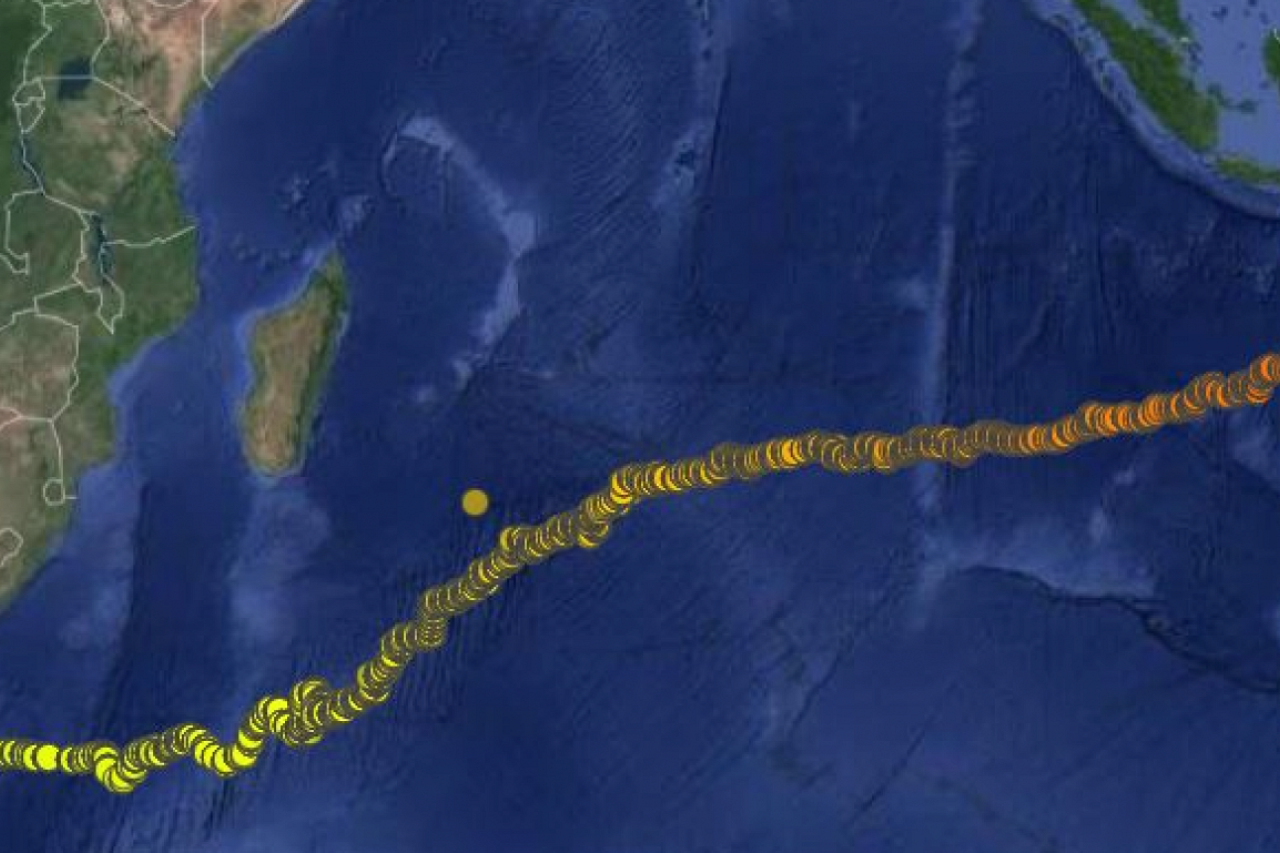
Sleeping
When foraging or hunting, turtles are able to hold their breath and swim for long periods of time underwater - in fact, they can hold their breath for as long as seven hours! This allows them to sleep in sheltered areas on the seabed, which prevents them from drifting too far away from their foraging spots.
While in the open ocean, often while migrating, turtles will sleep floating at the surface and will rely on the winds and currents to help push them where they want to go.
Nesting
South African loggerheads and leatherbacks nest on the sandy beaches of KwaZulu-Natal. Their nesting season coincides with the westward shift in the Agulhas Current, bringing warmer waters to the South African coast between October and February.
Sea turtle eggs must be laid on land – a trait that defines their entire lifecycle. Like all reptiles, turtles breathe air and must surface often to take a breath. This applies to their embryos as well – if a turtle egg is kept underwater, oxygen cannot permeate through the shell and the foetus will suffocate.
Mating occurs offshore, and female turtles will crawl onto beaches at night to dig a nest for their eggs, while males will remain offshore, never returning to land. Loggerheads will crawl up towards the dunes, making small nests. Leatherbacks, on the other hand, prefer to excavate huge nests close to the high-water mark. These nests are sensitive to human activities and need to be protected.
Hatchlings
After 55 to 60 days, the eggs hatch. All the hatchlings from a clutch will be the same gender, determined by the temperature of the eggs during their first three weeks, with warm temperatures associated with females and cool temperatures associated with males. Unfortunately, climate change is creating an imbalance, with fewer male turtles hatching in each generation.
Once hatched, the newborn hatchlings will stay buried under the sand for three to four days while their carapaces straighten out and harden. They will then wait for cooler temperatures and the dark of night to make a break for the ocean, and safety
The "lost years"
The early years of a turtle’s life are known as the “lost years”. After they survive the crawl out of their nests, the journey to the water and the multitudes of predators they could face, very little is known about them until they reappear as large sub-adults.
For loggerhead turtles, this lost period can be as long as seven to 12 years. Once reaching the water, a hatching will swim for up to 20 hours into the open ocean, hoping to avoid predators and stay as far away from the shoreline as possible. Out in the open ocean, these young turtles rely on floating seaweed beds and the natural ocean currents, conserving energy and putting their resources into growing.
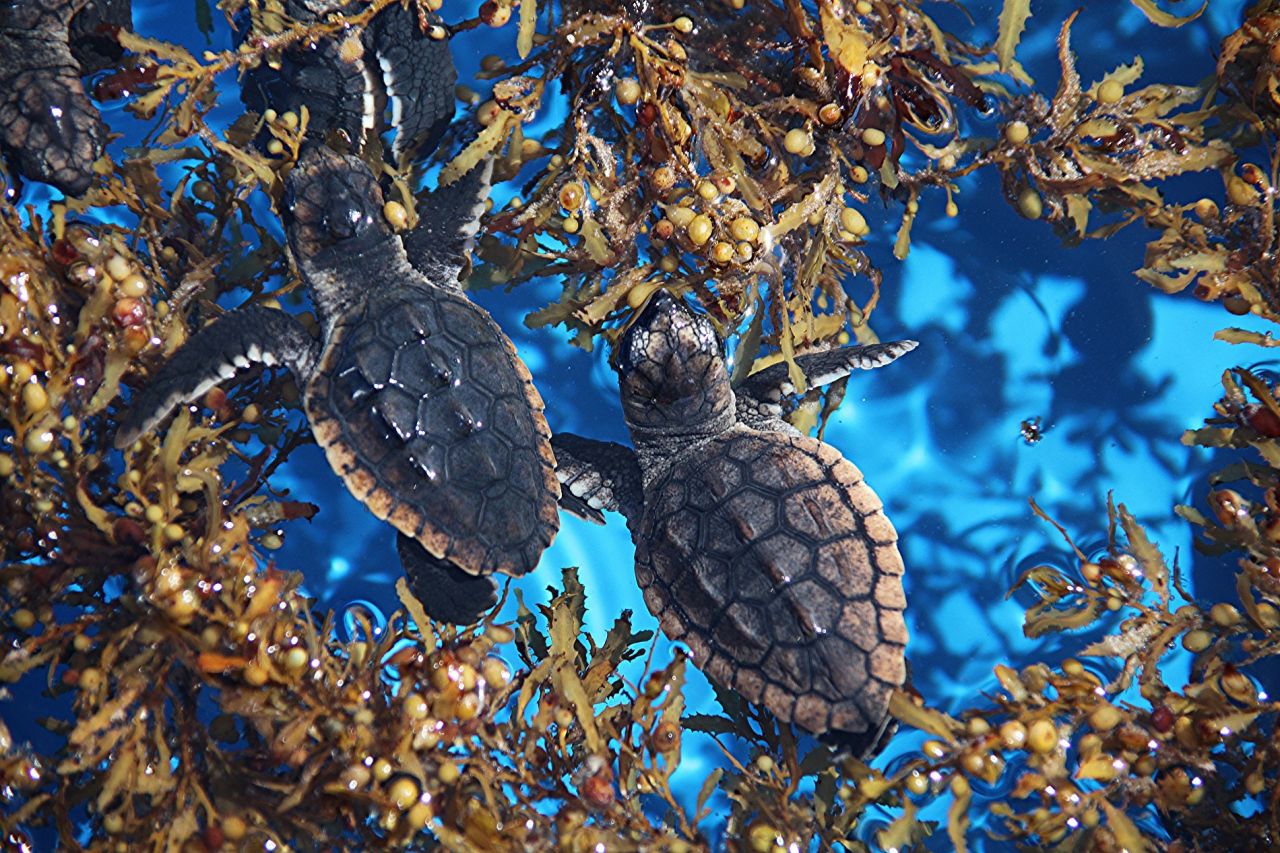
Unfortunately, this lazy lifestyle and reliance on ocean currents can be detrimental. In South Africa, loggerhead hatchlings which rely on warm waters to survive, sometimes lose track of the Agulhas Current. This current would normally return them into the warm, productive waters of the Indian Ocean, but often they get stranded in the cold waters of the Cape.
How do they find their way home?
Sea turtles are able to migrate back to the exact beach they hatched on from anywhere in the world. All sea turtles are able to sense the earth’s magnetic field. Deep inside their brains, tiny crystals of a mineral called magnetite, which are magnetic, behave like a compass. This allows sea turtles to navigate the huge distances between their nesting and feeding grounds, but this alone is not enough to find the exact beaches on which they hatched.
Different turtle species use different methods to return home. In the brains of loggerhead turtles, the magnetite compass is so finely tuned that it can even sense the different rocks underneath the sands of its nest – making a “magnetic fingerprint” that allows them to remember their place of origin forever.
What does the Aquarium do to help stranded hatchlings?
Every year, dozens or even hundreds of tiny hatchlings are rescued and brought to the Aquarium. We work with a non-profit partner, the Two Oceans Aquarium Foundation, to run a dedicated Turtle Rescue Programme to rehabilitate these little ones and nurse them back to health, with the hope of releasing them when they are roughly a year old and strong enough to navigate the currents of our two oceans.
Each hatchling has its own unique personality and unique health concerns. With this in mind, we treat each hatchling separately. Our skilled staff are able to ensure that at least 75% of rescued hatchlings survive and are able to be released – as opposed to 0% if it had not been for the citizens that made the effort to rescue them.
I love them! What can I do to help save sea turtles?
Sea turtles are threatened with extinction by us. Their journey of over 100 million years of survival may finally come to an end because of human action, or inaction.
Threats to their nesting habitats, night disruptions of nesting females, beach parties, 4x4 vehicles riding on the beach or careless beach umbrellas can destroy viable eggs. Plastic litter, particularly plastic bags, food packaging and balloons that resemble jellyfish and seaweed, are ingested and obstruct the stomach of a turtle, causing a slow and painful death. The same can be said about plastic drinking straws and other single-use plastic items that are a risk to the lives of sea turtles. This is something we can all work to prevent.
- By visiting the Two Oceans Aquarium, you will be contributing to turtle conservation. Part of your ticket fee supports our conservation and research effort.
- Reduce or eliminate your use of single-use plastic items. Support initiatives like Rethink The Bag.
- Donate directly to conservation and environmental education efforts of the Two Oceans Aquarium Foundation.
Related News
Sign up to our Newsletter
Receive monthly news, online courses and conservation programmes.
